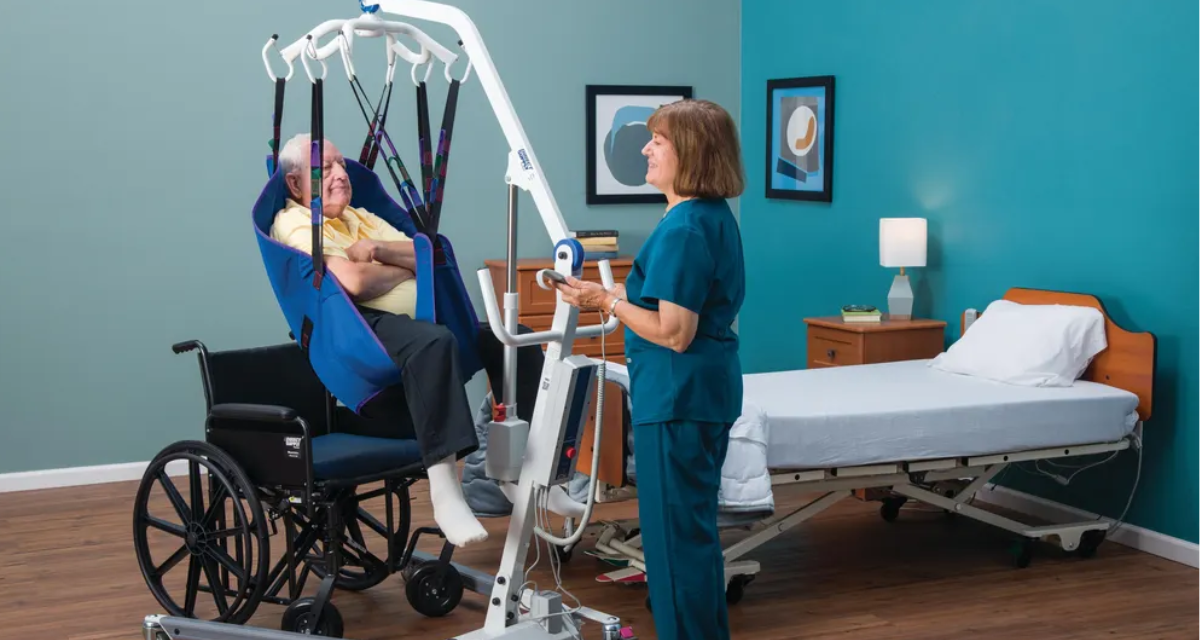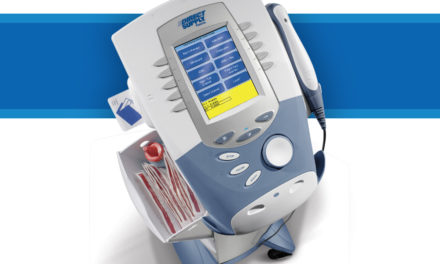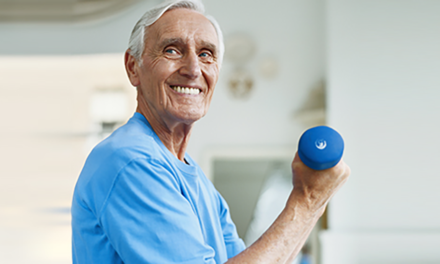The use of floor lifts, also referred to as total body lifts, lift assists for seniors or passive lifts, can have a tremendous effect on both patient, resident and employee safety as well as the promotion of range of motion, strength and independence.
An integral part of most caregiving environments, floor lifts come in a variety of options and choosing the right ones depends on the unique need of your patients, residents and facility.
Types of Floor Lifts
Freestanding Floor Lifts
Freestanding floor lifts vary in design based on manufacturer, but basic components include a U-shaped base, a vertical supporting pole and an overhead mechanical arm (boom) that extends horizontally. The end of this arm features a spreader bar with hooks or clips to attach a full-body sling, which is required to safely hold a person during use.
- Used for transfer of residents who cannot support their own weight
- Ideal for lifting residents from the floor, beds, chairs, toilet/bathing areas and more
- Vertical design lifts residents straight up and down for easier positioning
- Scales allow for easy weighing of residents during lifting and transfer activities
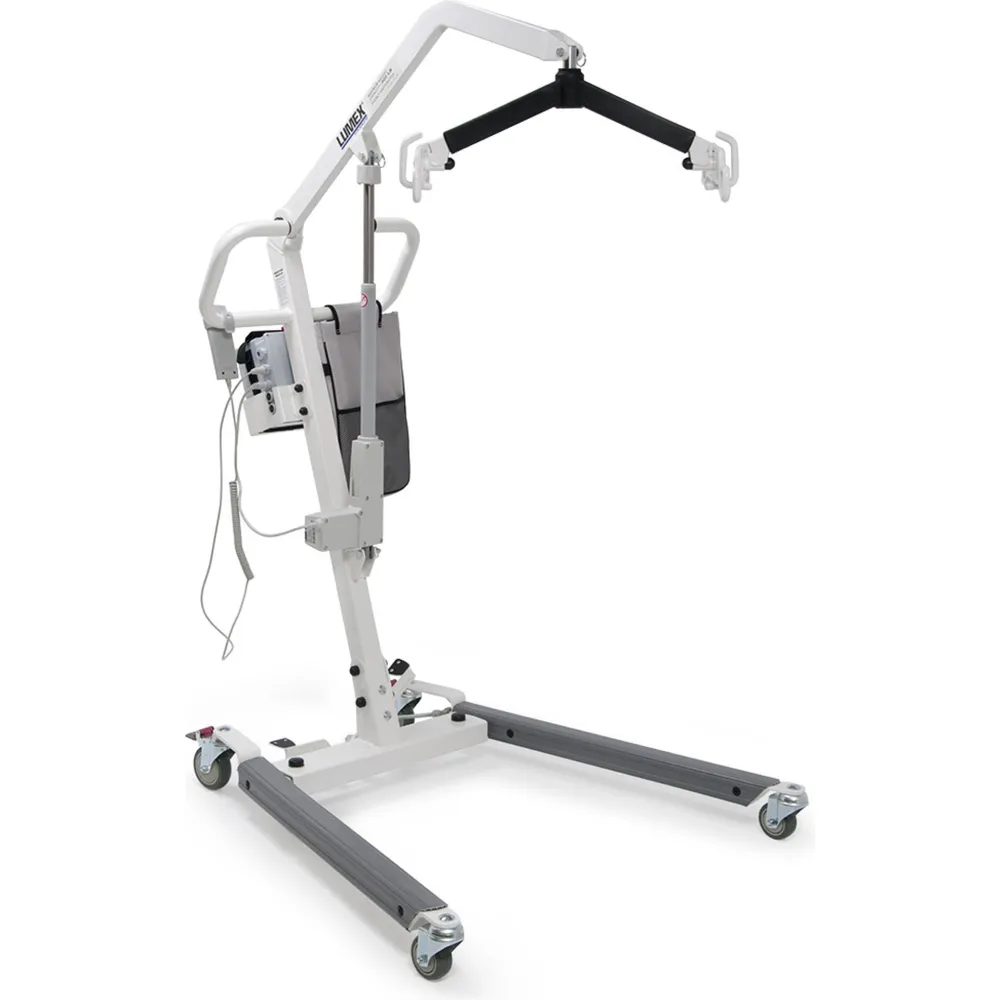
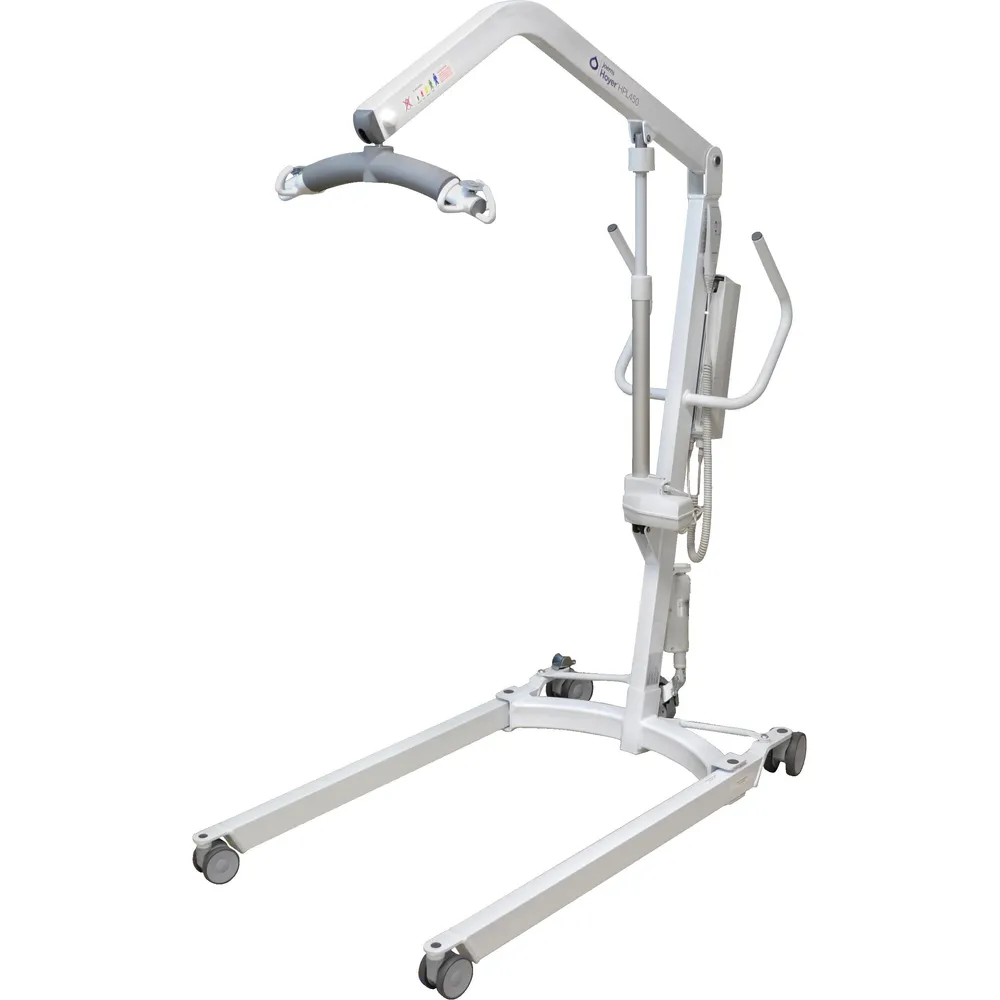
Powered Floor Lifts
- Uses a battery to operate
- Typically less strenuous for caregivers to use
- May offer a smoother experience for residents requiring assistance
Floor Lifts: Key Considerations
Weight Capacity
- Higher weight capacities can accommodate a wider variety of residents
- As weight capacity increases, so does the size of the lift
- Large lift size can limit usefulness in tight spaces, such as bathrooms
QUICK TIP Consider weight capacities as well as space constraints when selecting lifts for your community.
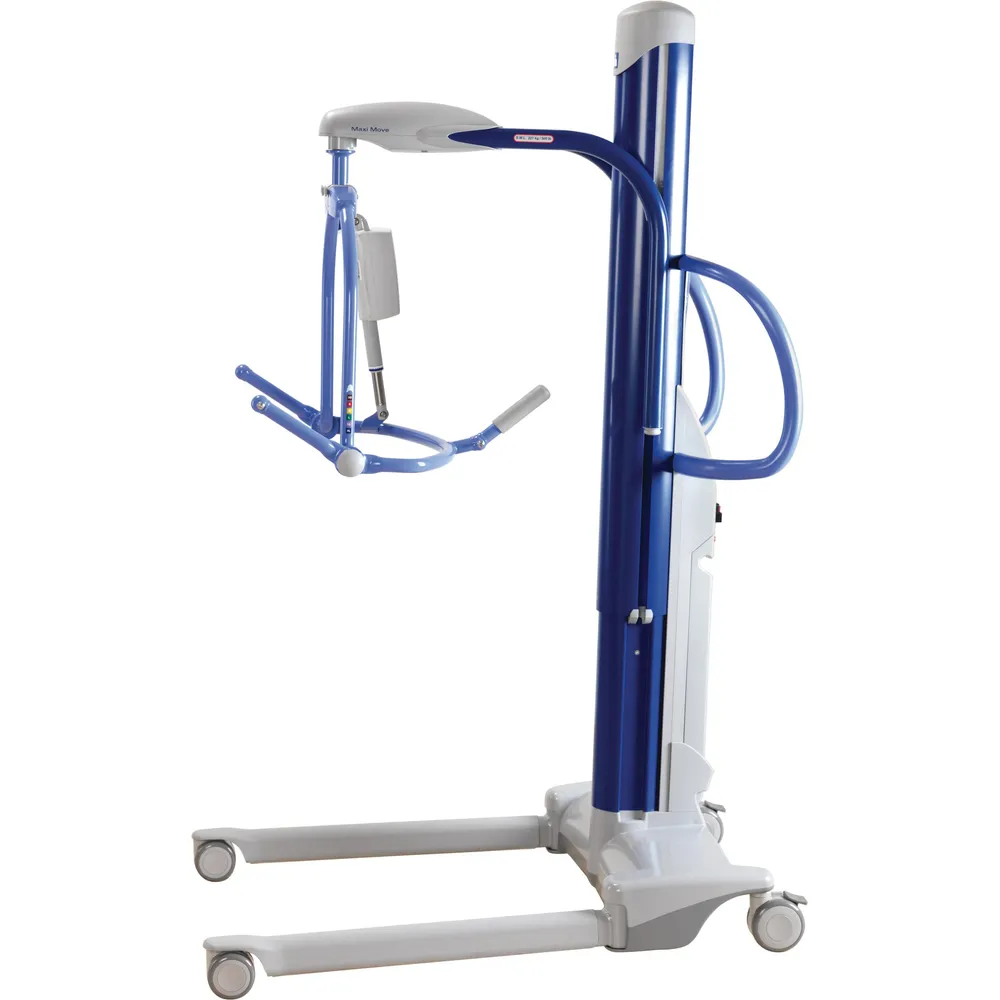
Base Widening (Powered vs Manual)
- Powered: requires the push of a button for the least amount of stress on the caregiver
- Manual: Hand-Shift Lever—the most potential to cause strain on caregiver, especially when there is weight in the sling
- Manual: Foot Pedal—uses the caregiver’s weight to widen the base, limiting back and shoulder strain
Base Clearance
- To maximize effectiveness, lifts should fit under existing beds
QUICK TIP If you have low beds in your community, it’s important to measure the underbed clearance and consider lifts with a lower base clearance. Most low beds require raising the bed to get the lift underneath. One advantage of this is that it requires staff to be in a better working position while applying or removing a sling.
Base Length & Width
- Shorter base lengths and widths allow lifts to be used in tight spaces that require maneuverability
- Base of the lift should open wide enough to fit around the equipment a resident is being transferred to or from
- The base should be open for best stability
Scale Attachment
- Allows caregiver to weigh residents during transfer, helping reduce incidence of caregiver injury
- Saves time and eliminates the need for an additional transfer to a scale
Gait Training
- Many lifts can also be used for gait training with residents
QUICK TIP Boom height must be tall enough to accommodate the standing height of residents.
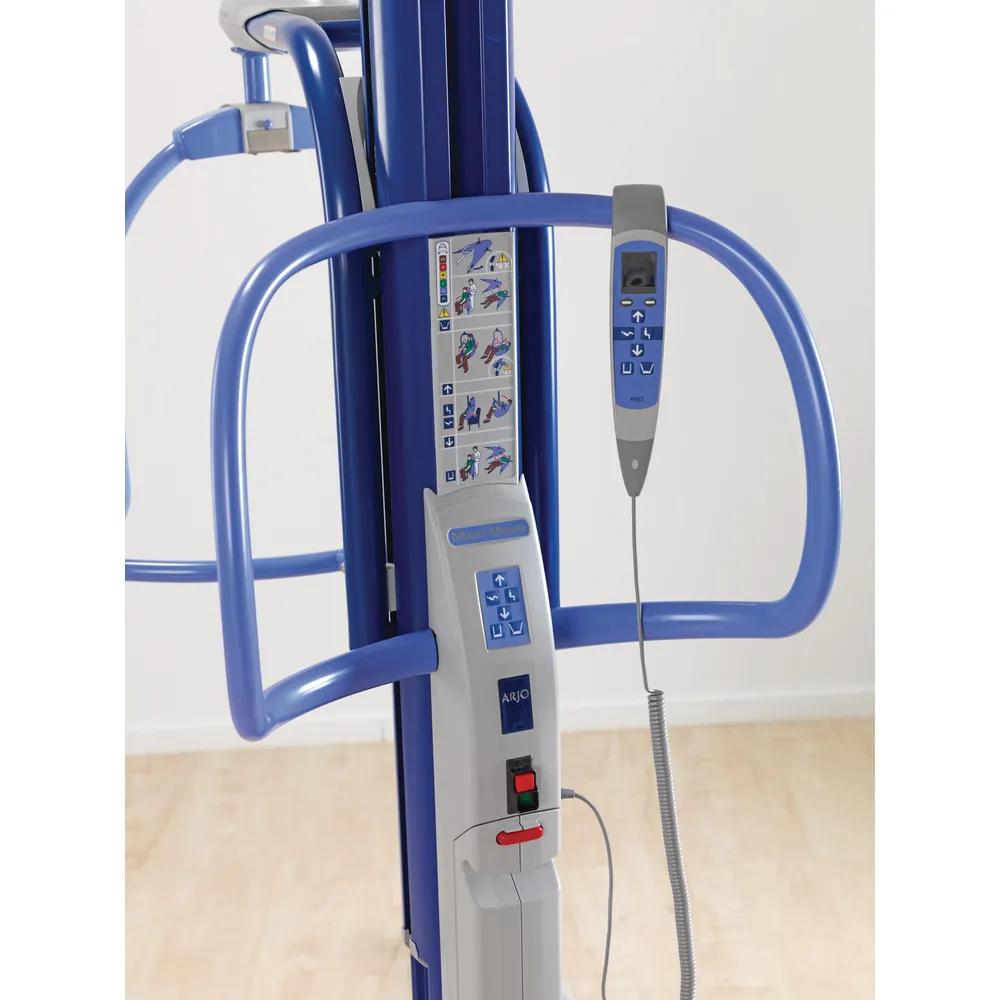
Range of Lift Height
- Should reach low enough so residents who have fallen to the floor can be lifted up, and high enough to lift residents up to a high mattress height
QUICK TIP Often it helps to go up a sling size or two when lifting off the floor.
Emergency Control
- All electronic lifts should have a control to stop the lift motor in case of an emergency
- Manual override allows residents to be safely moved in case of power loss
Prioritizing safety: The advantages of safe lifting practices in your community
As acuities continue to rise and surveyors continue to cite F-Tag 323 (Accidents), it’s becoming increasingly important to establish and promote ergonomic and injury prevention programs.
Learning how to use sit-to-stand lifts and utilizing them correctly and consistently can play a key role in establishing a culture of safety within your healthcare facility. The proper use of senior lifts can significantly impact the safety of residents and staff, as well as enhance residents’ mobility, strength, and independence.
Floor Lift FAQs
What is a floor lift?
A floor lift, also known as a Hoyer lift or patient lift, is a device designed to safely lift and transfer individuals with limited mobility from one location to another. It is especially useful in senior living facilities to assist residents in moving from bed to wheelchair, chair, or toilet.
How do I choose the right floor lift?
Choosing the right floor lift depends on the resident’s weight, mobility level, and specific needs. Consider factors like lifting capacity, portability, ease of use, and compatibility with different slings. Consulting with healthcare professionals and following manufacturer recommendations can help in selecting the appropriate lift.
How do I ensure proper floor lift usage and safety?
Ensure caregivers are properly trained in operating the floor lift. Always follow the manufacturer’s instructions for use, and perform regular maintenance checks. Make sure the lift is stable, the sling is securely attached, and the resident is comfortable and safe throughout the transfer process.
How do I clean and maintain floor lifts?
Follow the manufacturer’s cleaning guidelines, typically involving wiping down the lift with mild detergent and water. Regular maintenance includes checking the lift’s mechanical parts, ensuring the battery (if electric) is charged and functioning, and replacing any worn or damaged components.
How can floor lifts benefit Senior Living residents?
Floor lifts can enhance safety, reduce the risk of injury to both residents and caregivers, and improve the quality of life for residents by enabling safe and comfortable transfers.
Direct Supply® makes finding the right floor lift easy
When it comes to floor lifts, we know there are many choices on the market today and finding what’s best for your healthcare environment can be a challenge. That’s why Direct Supply offers an assortment of the top brands in one convenient place.
Once you’ve made your pick, you’ll find easy ordering, convenient delivery and installation services, budget-friendly financing options, and a 100% satisfaction guarantee. Of course, if you need assistance you can count on our expertise to help you find exactly the right match for your specific requirements and budget. Discover the best floor lift for your healthcare environment today.
